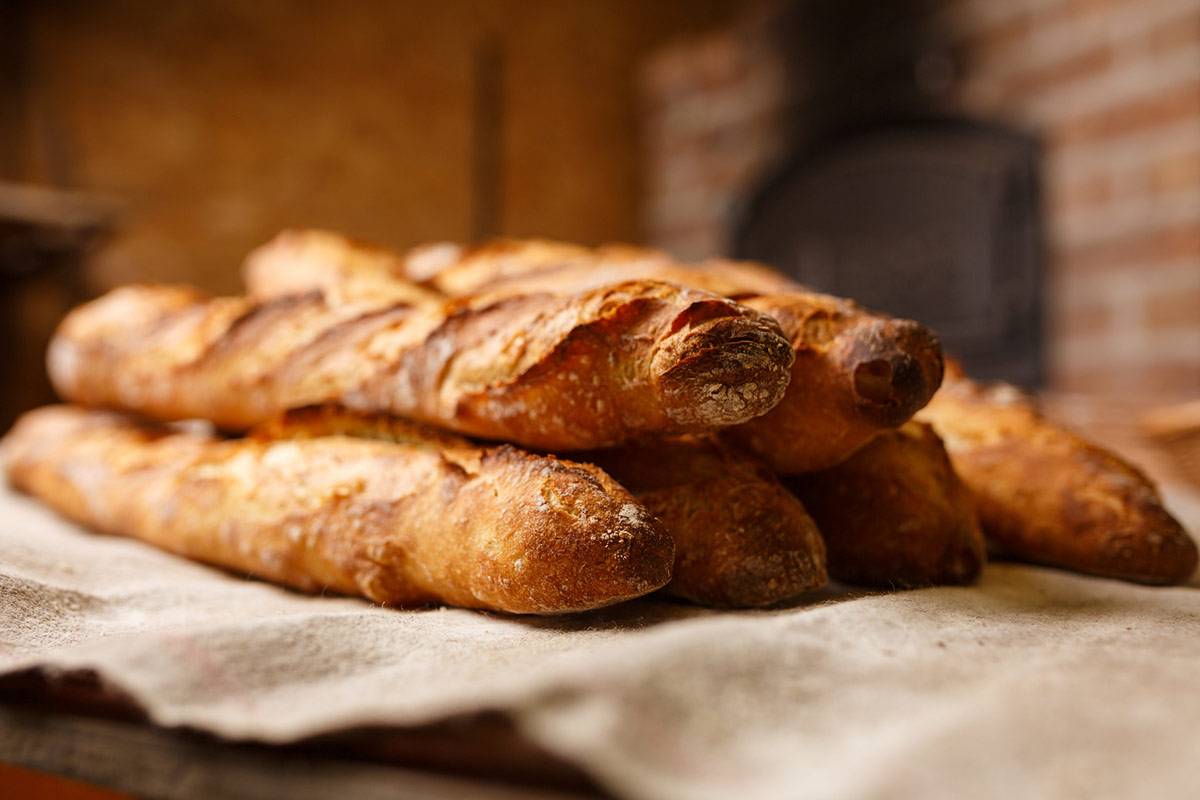
Glyceryl monostearate (monoglyceride) is white waxy It is a flake or bead solid, insoluble in water, and can be dispersed in water by strong shaking with hot water. It is a water-in-oil emulsifier. Soluble in hot organic solvents ethanol, benzene, acetone, mineral oil and fixed oil. The freezing point is not lower than 54℃.
The role of glyceryl monostearate in bread:
Glyceryl monostearate, especially molecularly distilled monostearic acid Glycerides are important improvers and emulsifiers for bread properties. It can improve the structure of the dough, increase the volume of the bread, make the pores in the bread dense and even, and make the texture soft and delicate. At the same time, due to its strong complexing ability with amylose, glyceryl monostearate is effective in preventing bread from aging and extending its shelf life.
Glyceryl monostearate gel is effective in increasing the volume, specific volume, overall quality score and texture of bread. Studies have shown that adding emulsifier – molecularly distilled monoglyceride can reduce the fiber in fibrous bread, increase bread volume and improve the crumb structure.
In addition, adding glyceryl monostearate gel can improve the flour quality and dough stretching properties of wheat flour. However, when shortening is added, these improving effects are reduced to varying degrees. At the same time, monoglycerides also reduce the water absorption of bread to a certain extent.
Studies have shown that as the storage time of bread increases, the decrease in moisture mobility in bread is mainly related to amylose. Since emulsifiers can interact with amylose, glycerol monostearate is added. The degree of moisture transfer from the crumb to the crust in ester bread is significantly lower than that in blank bread.



 微信扫一扫打赏
微信扫一扫打赏
